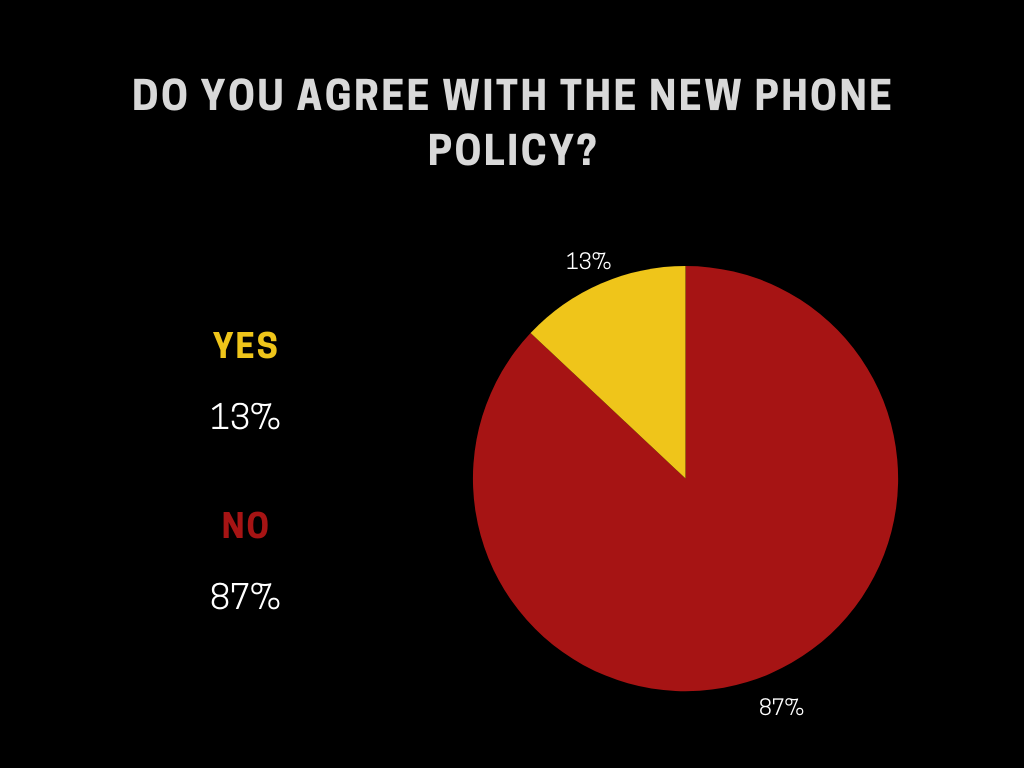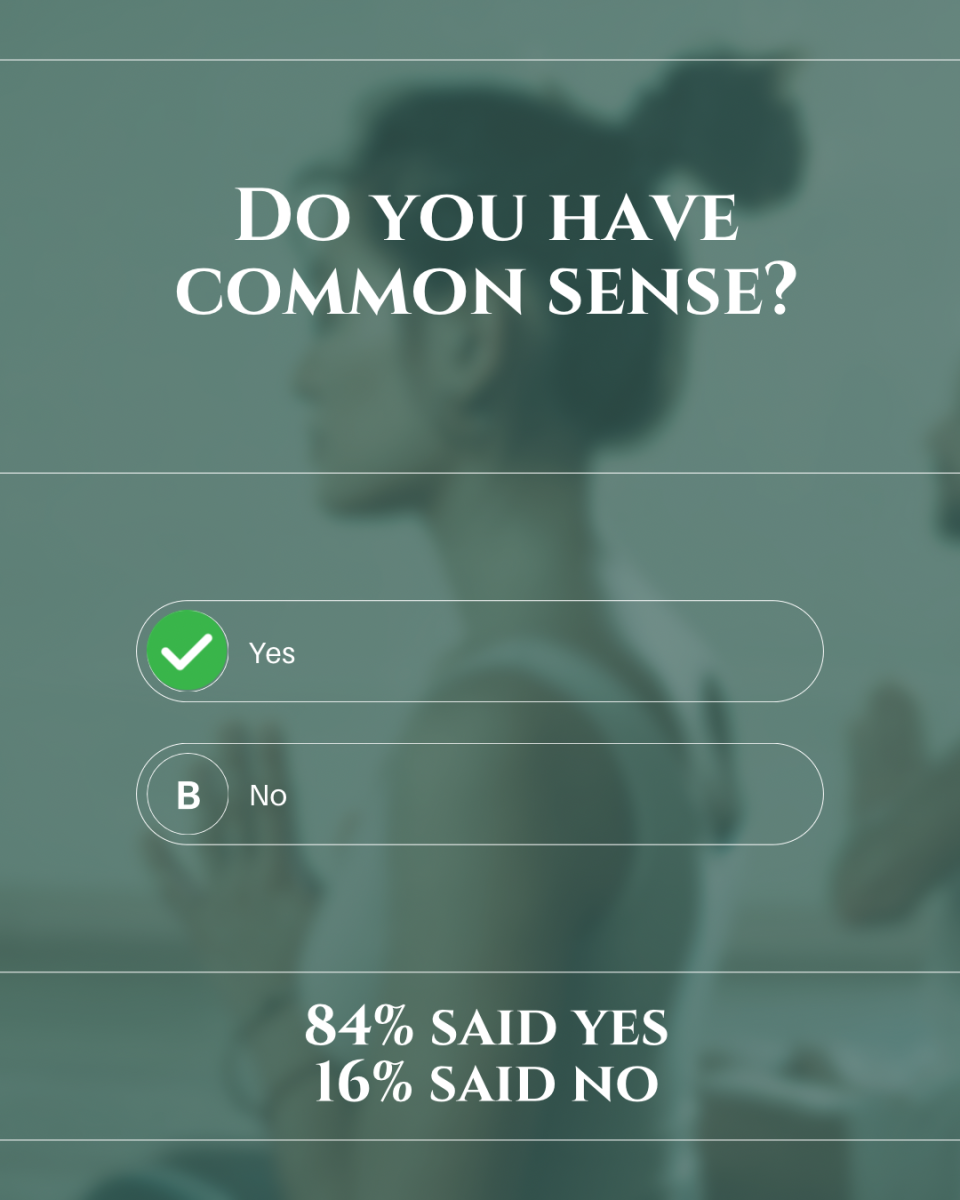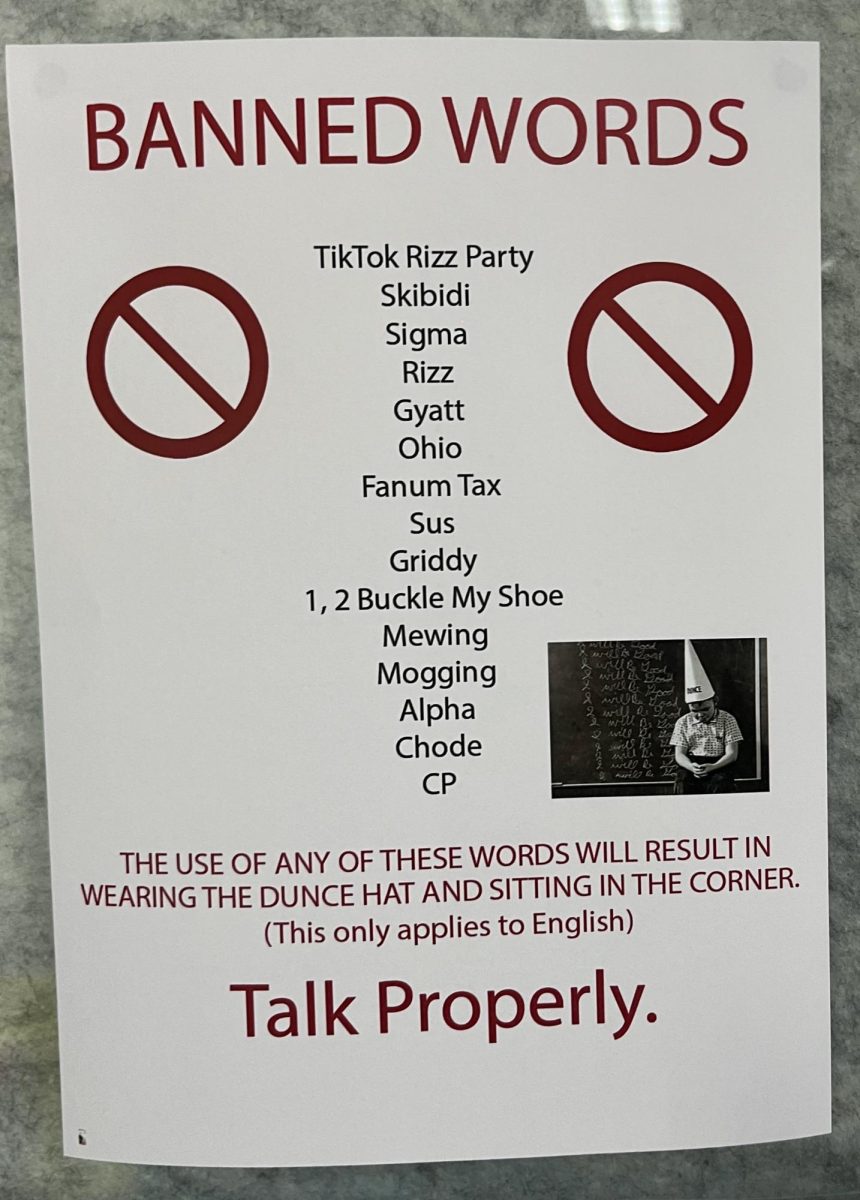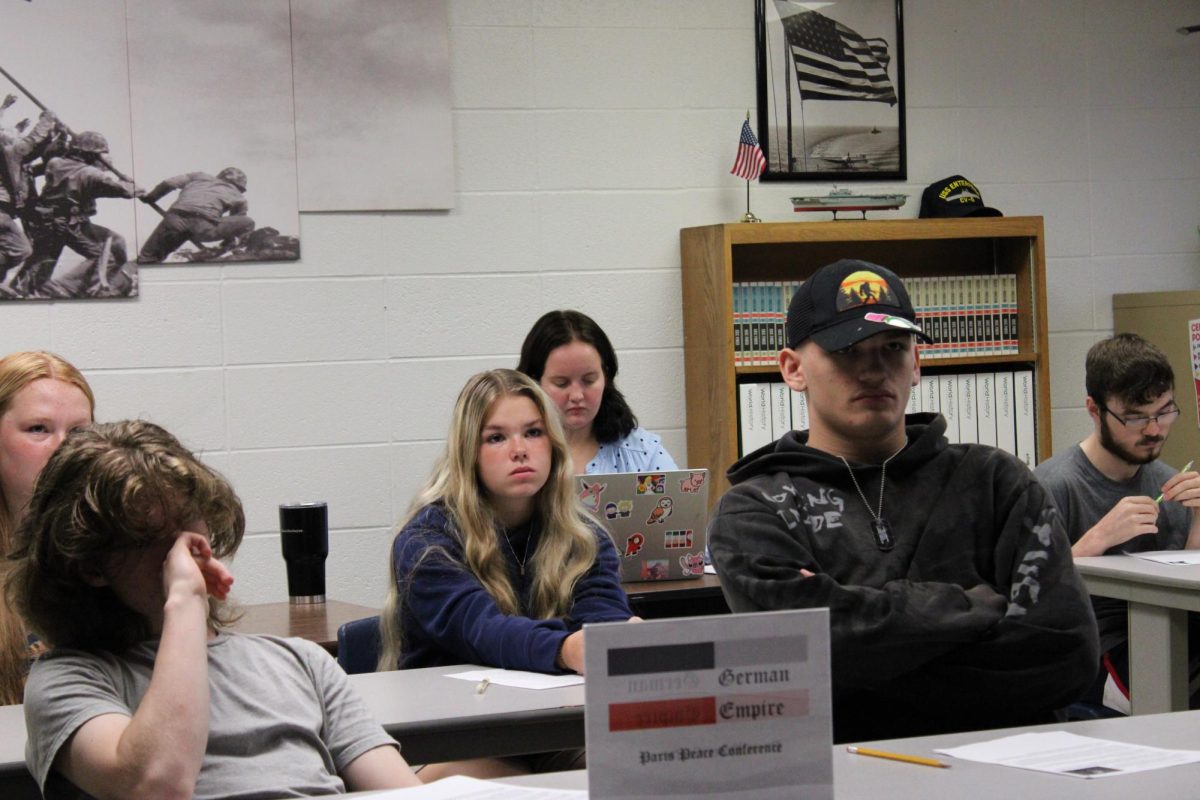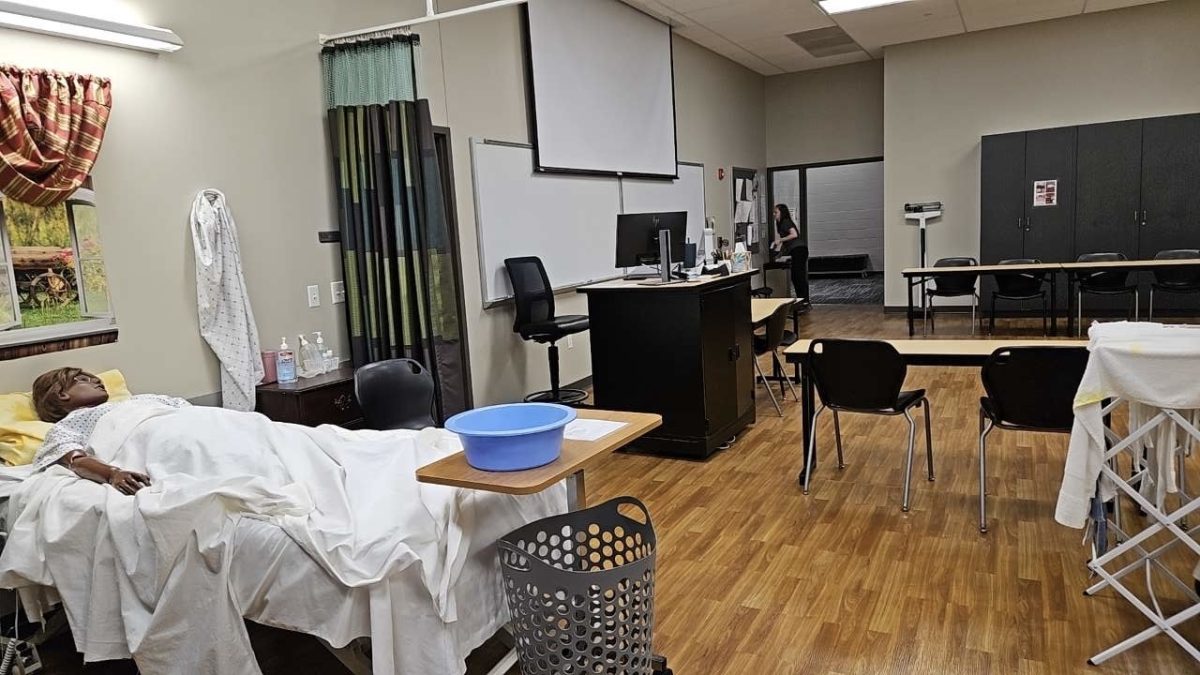In recent years, society’s use of phones has rapidly increased. According to Reviews.org, the average American in 2024 checked their devices a whopping 205 times a day, 61 more times than 2023’s 144 pickups. Upon waking up, the first thing one is greeted by is a phone; 81% of Americans check theirs within 10 minutes of waking up. They are not only affecting one’s free time, but they have also bled into schools, causing students to miss material taught in class. Cell phones are not only a distraction, but also often used as a tool for one to cheat on class assignments. Kim Reynolds, Iowa governor, is taking matters into her own hands by initiating legislative changes to combat these issues. Like many of the changes the high school has seen in the last year, the cell phone policy is a newly crafted set of rules and regulations that have affected students in many different ways.
Gracie Baer, freshman, has had a cell phone since she was in fifth grade; ever since, she has brought it to school every day. She keeps it in her bag during class because she believes having it out is distracting. Baer said, “If it’s in eyesight, then it’s distracting and harder for me to learn.” It doesn’t always remain in her bag, as she will use her phone to play Blookets and participate in class. Times she uses it for unacademic reasons is when there is a break from learning. Baer believes a policy was necessary and on the horizon. She said, “A lot of kids abused their phones before the new rules, and some regulations were needed.”
Gloriah Rinkenberger, junior, has Type 1 Diabetes and uses a FreeStyle Libre 3 Plus sensor that connects to an app on her phone to track her blood sugar numbers. During a period, Rinkenberger uses her cell phone three to four times for medical reasons alone; however, it is awkward for her at times to have to pull it out during instruction. Rinkenberger met with her teachers to inform them that she might have to pull out her device during the instruction when the average student wouldn’t be allowed to. She believes it affects not only the students using it but also the people around them. Rinkenberger said, “In some classes, it was a bit distracting seeing other kids play video games and such when the teacher was talking or when we were supposed to work on an assignment.” When she hears her phone buzz during class, it causes her to lose focus because she starts to think about what’s on it instead of the class instruction. She thinks that new guidelines are a smart choice to act on and that it will help people learn better in a classroom. Rinkenberger said, “I have noticed that a lot of people are drawn and addicted to their phones at school, and so hopefully this new policy will help fix that.”
With the growing popularity of social media, it is harder to drown out the constant notifications popping up on screens which can greatly interfere with day-to-day activities. The new phone policies put together aim to create a focused and respectful environment for learning; however, like every set of guidelines, there are exceptions to every rule. Many students rely on their phones frequently for medical reasons or certain special learning situations. It seems clear that the high school seems to have a good handle on how to make the policy work for all. With this put into play, students and staff will have a seamless class environment with little to no interference caused by cell phones. If there is one thing people have learned in recent years, it is how to adapt to change, and this policy illuminates that.


